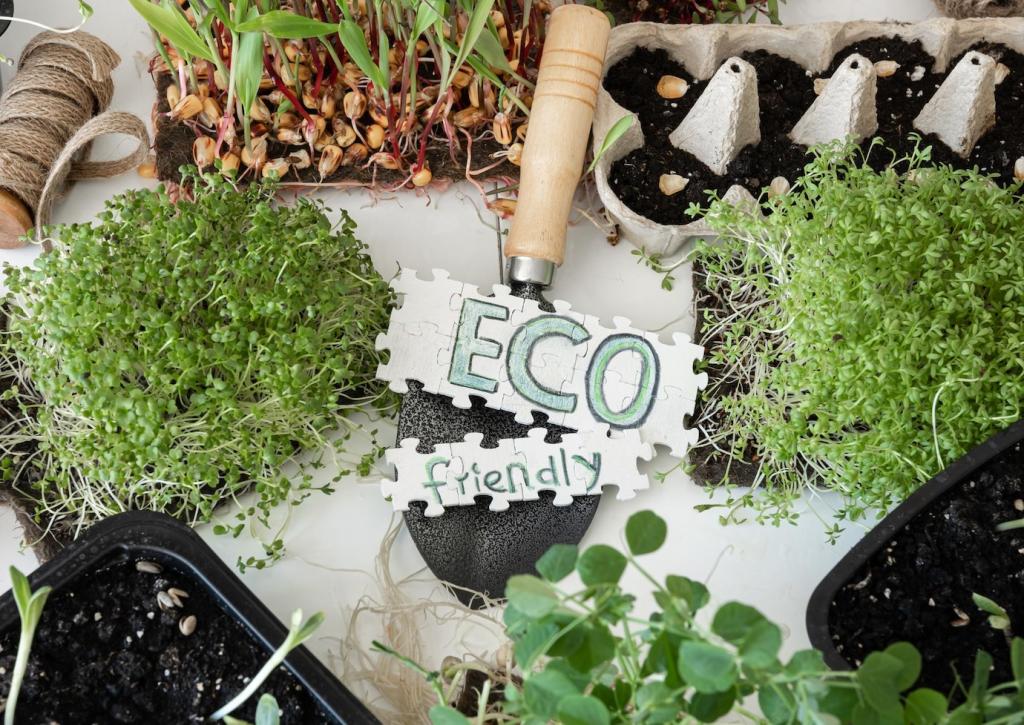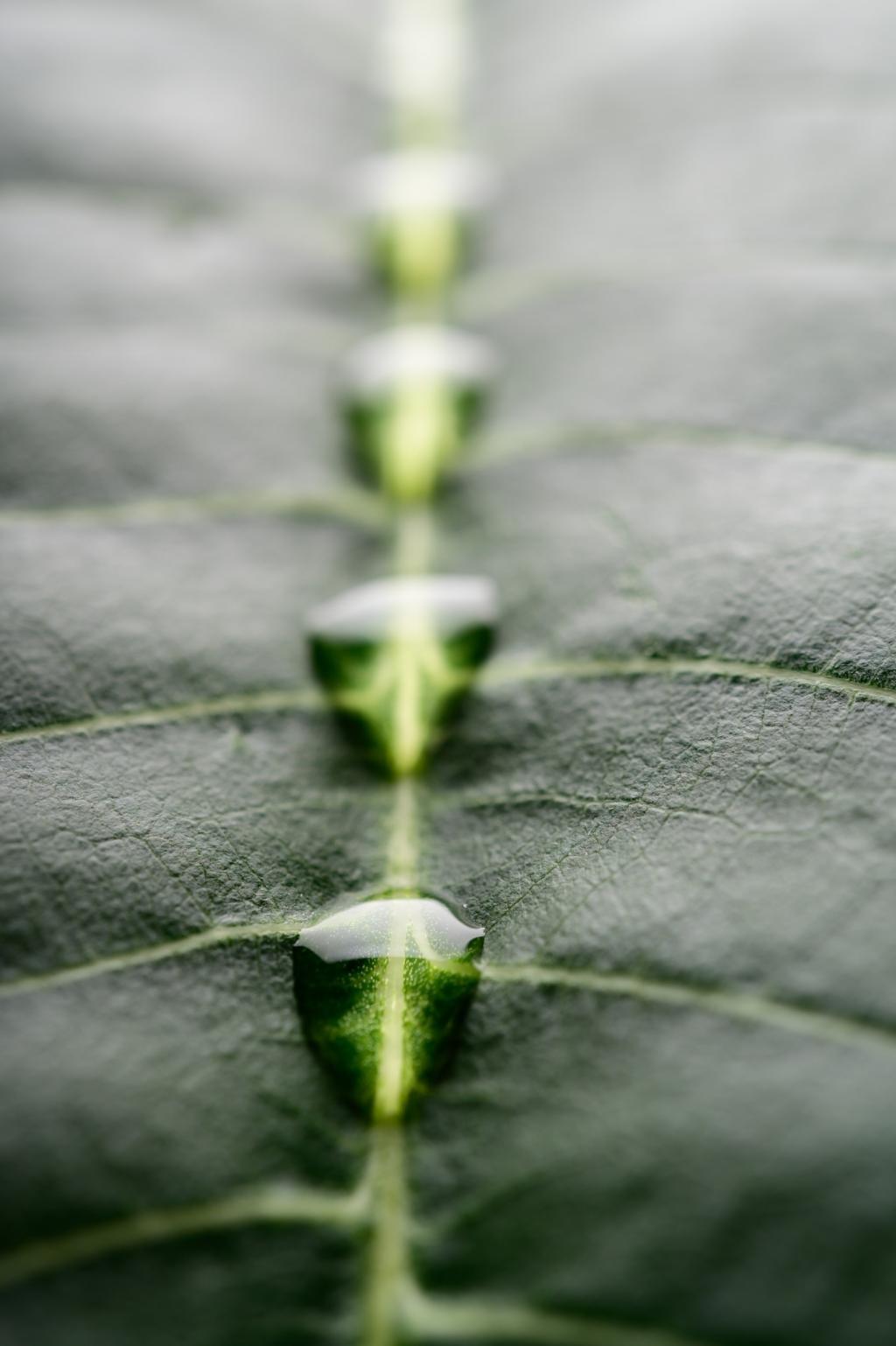
The Role of Drones in Modern Sustainable Farming
Drones have emerged as transformative tools in the evolution of sustainable agriculture, redefining the way farms are managed, monitored, and maintained. Leveraging cutting-edge aerial technology, drones empower farmers to make informed decisions, optimize resource use, and minimize environmental impact. By integrating unmanned aerial vehicles into their operations, agricultural professionals can now address challenges related to productivity, sustainability, and efficiency with unprecedented precision. This page explores how drones are shaping the future of sustainable farming across key aspects, highlighting their roles in precision agriculture, resource management, crop health, and future-proofing the industry.

Enhanced Field Mapping
Field mapping is fundamental to precision agriculture, and drones have revolutionized this process by rapidly capturing high-resolution aerial images. These images produce detailed maps that help farmers identify variations in soil composition, moisture levels, and plant health. This level of detail enables more efficient allocation of inputs like seeds, fertilizers, and water. Unlike traditional ground-based surveys, drone-based mapping covers large areas in a fraction of the time, cutting labor costs and improving the reliability of data. The resulting maps empower farm managers to take a site-specific approach rather than treating entire fields uniformly, ultimately increasing overall efficiency and reducing environmental impact.

Targeted Application of Fertilizers and Pesticides
Drones enable farmers to perform targeted spraying of fertilizers and pesticides, significantly reducing chemical usage and environmental contamination. By utilizing imaging and sensing technology, drones can pinpoint areas suffering from nutrient deficiencies or pest infestations. This precise detection means only the affected sections of the field are treated, minimizing runoff and preserving beneficial organisms. As regulations tighten concerning chemical use in agriculture, drones provide a compliant and sustainable solution that enhances yields while safeguarding surrounding ecosystems. The ability to schedule and automate applications also saves time and labor, making it easier for farmers to implement sustainable agriculture practices at scale.
Data-Driven Decision Making
Integrating drones into farming turns data into actionable insights. Sensors and cameras onboard drones collect a wealth of information onsite, which is then processed using advanced analytics platforms. This data reveals trends and patterns that might otherwise go unnoticed, supporting decisions ranging from crop rotation schedules to soil amendment applications. Reliable, timely data ensures that every intervention is justified and efficacious, aligning closely with sustainable farming goals. By supporting ongoing monitoring, drones provide the feedback loop necessary to evaluate the success of sustainable interventions and adjust strategies accordingly.
Monitoring Crop Health and Reducing Losses
Drones equipped with multispectral and thermal imaging sensors are able to detect early signs of disease or pest infestation before symptoms are visible to the naked eye. These sensors capture subtle changes in plant coloration, temperature, and energy absorption—key indicators of stress. Early detection is crucial because it allows for swift intervention, often preventing outbreaks that would otherwise require more intensive chemical treatments. By addressing issues in their infancy, farmers can use fewer resources while preserving the majority of their crop, demonstrating a clear synergy between technology adoption and sustainability in modern agriculture.
Accurately gauging crop growth stages and yield potential used to be time-consuming and often subjective, but drones have improved this process by facilitating frequent, objective assessments. By conducting regular flyovers, drones build a chronological archive of crop development, highlighting areas of strong and weak growth. These recurring surveys help farmers understand the efficacy of their practices and plan harvests more strategically, which is particularly vital in diversified farms managing multiple crops. The consistent flow of information enables better forecasting, reduced waste, and informed decision-making that underpins a sustainable agricultural framework.
Sustainable farming also involves resilience to extreme weather events such as drought, floods, or hailstorms. Drones offer rapid post-event assessment, mapping out damaged versus healthy areas with accuracy and speed. This capability allows for timely insurance claims, replanting decisions, and swift recovery to reduce overall loss. Instead of relying on visual estimations or delayed ground surveys, drone imagery provides hard data that aids both immediate response and long-term planning. These insights are increasingly important as climate change increases the frequency and severity of adverse events, making drones indispensable tools for sustainability-focused farm management.


Water Management and Irrigation Optimization
Water is one of the most critical resources in agriculture, and its sustainable management is essential to environmental stewardship. Drones equipped with specialized sensors can assess soil moisture levels across large tracts of land, identifying precisely where irrigation is necessary and where it can be reduced. By fine-tuning irrigation schedules and targeting only those areas that require water, farmers can dramatically reduce wastage, lower energy costs, and conserve this vital resource. As droughts become more prevalent in many agricultural regions, drone-driven water management becomes not just a benefit but a necessity for sustainable operations.
Reducing Carbon Footprint
The agricultural sector faces ongoing pressure to decrease its carbon footprint and mitigate climate change impacts. Drones offer several direct and indirect benefits toward this goal. Their use significantly reduces the need for heavy machinery and manual scouting, which are both energy-intensive processes. Drones require minimal fuel or electricity to operate, and their precision in applying inputs like fertilizers and pesticides further cuts down on emissions associated with excess use and over-application. As a result, integrating drone technology helps farms align with national and international targets for emissions reduction, supporting a transition to greener agricultural models.
Conservation of Habitats and Biodiversity
Beyond crop productivity, sustainable agriculture must also ensure the preservation of natural habitats and biodiversity. Drones assist in mapping out non-cultivated areas, identifying wildlife corridors, and monitoring changes in native vegetation. This knowledge enables farmers to protect critical habitats while still optimizing productive areas, striking a balance between economic viability and ecological responsibility. By ensuring that interventions such as spraying or plowing are restricted from sensitive areas, drones promote coexistence between agriculture and wildlife, furthering the goals of sustainability at the landscape scale.
Join our mailing list
